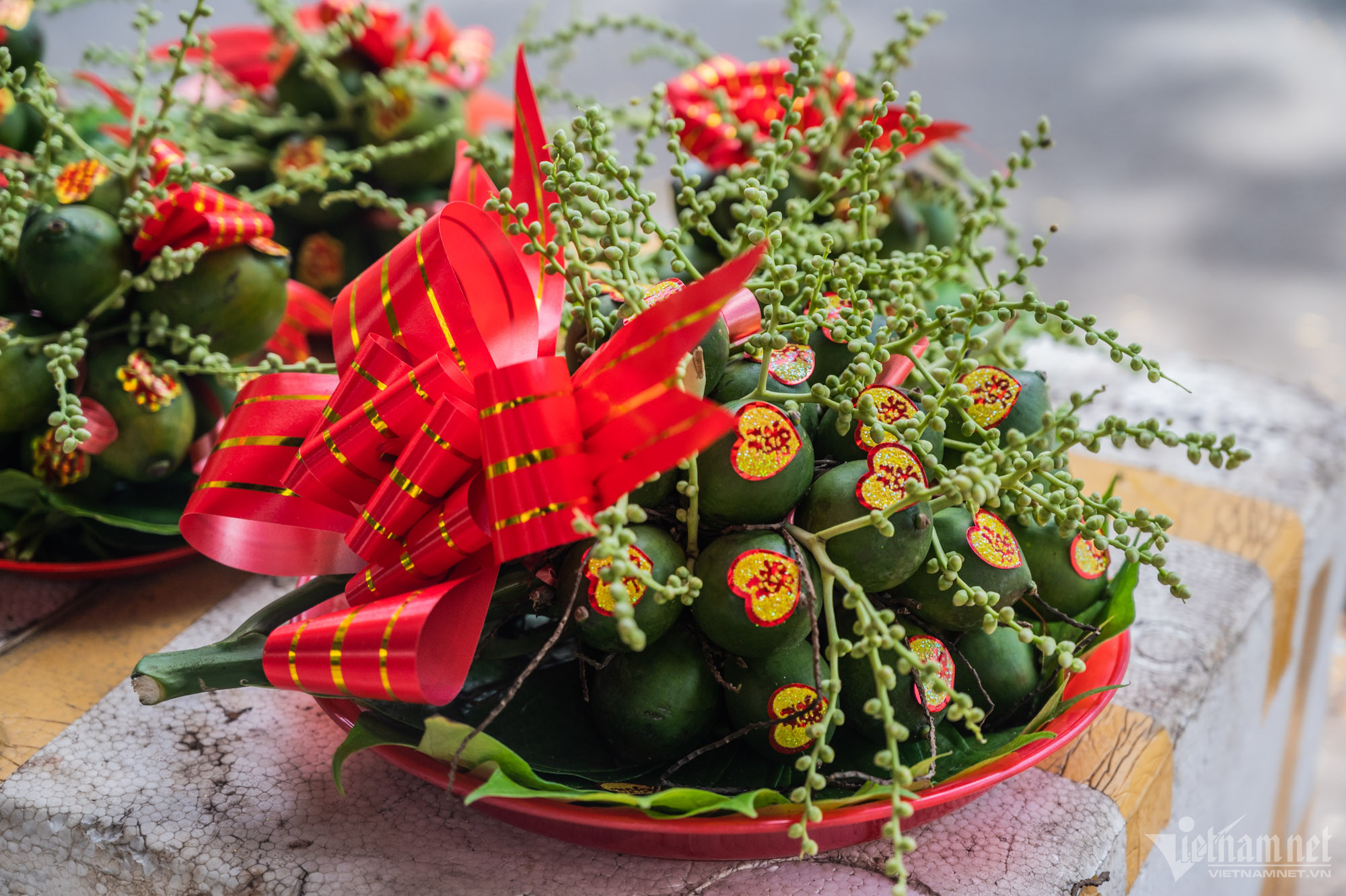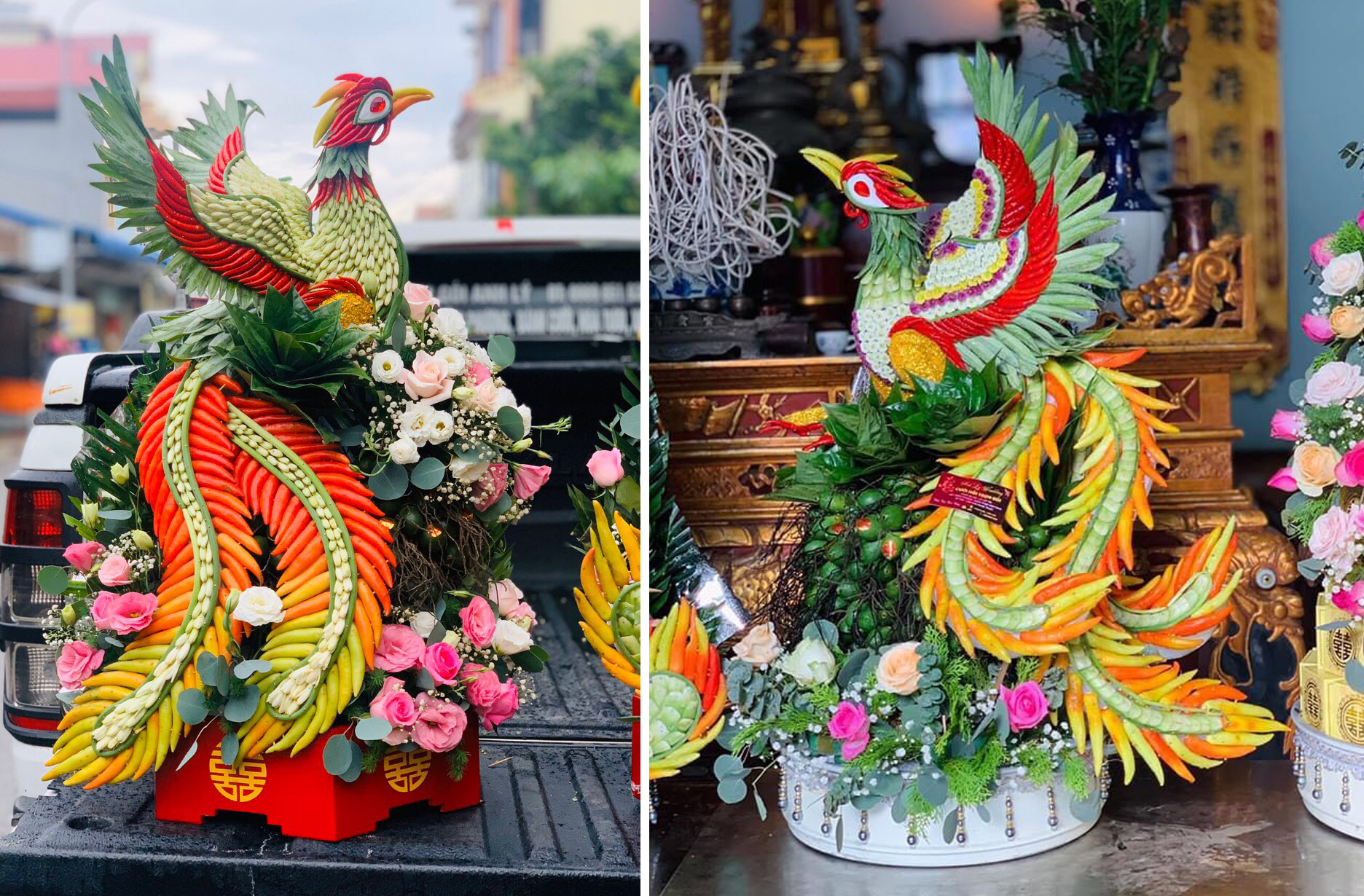In Vietnamese culture, betel leaves & areca nuts and phu the cake are considered symbols of love. Each Vietnamese symbol for love holds deep cultural significance, representing the wholehearted love of husband and wife throughout Vietnamese history.
Each culture in the world has its own symbols of eternal love, which can be roses, hearts, infinity signs, doves, apples, etc. The Vietnamese symbol for love is said to be betel leaves & areca nuts or phu the cake, representing the loyalty of husband and wife. We will give you an insight into the origin and significance of these Vietnamese love symbols.
1. A glance at symbols of love around the world

Love symbols visually express emotion and connection from one person to another. Different cultures in the world have different symbols of eternal love:
- Heart: Dating back to ancient Greek mythology, Cupid’s arrows were believed to instill love by shooting people’s hearts. Across history and cultures, the heart has symbolized one of human’s most intense emotions. The heart shape is also used as a Vietnamese symbol for love, although not traditionally.
- Birds: Some birds are considered symbols of love like doves and swans. Doves symbolize Aphrodite, the goddess of love in Greek mythology. Meanwhile, swans are said to represent the fidelity and loyalty between two people.
- Flowers: Flowers are an integral part of romantic gestures and expressions of love. Red roses convey passion and desire, sunflowers represent devotion, peonies symbolize enduring marriage, primrose means “I cannot live without you”, etc.
- Apples: The apple is linked to the connotations of Adam and Eve in the Garden of Eden, representing temptation. In Greek mythology, apples are used as a symbol of courtship.
- Rings: A ring symbolizes love through its portrayal of eternal commitment. Its circular shape signifies an unbreakable bond. Rings are believed to be a symbol of marriage ever since the Roman Empire, or even in Ancient Egypt.
- Knots: The symbol of two hands joined together may have originated from a ceremony called “handfasting” in Celtic wedding traditions, in which the hands of the bride and groom joined to symbolize their love and commitment.
In Vietnam culture, the traditional Vietnamese symbols for love are betel leaves & areca nuts and phu the cake. They are often present in engagements and weddings.
2. Origin and meaning of each Vietnamese symbol for love
2.1. Betel leaves and areca nuts
2.1.1. Legend of betel leaves and areca nuts

In Vietnam, betel leaves and areca nuts hold profound cultural significance. To explain the origin of this Vietnamese symbol for love, there is a folk tale.
Once upon a time, two twin brothers lived happily together, until the elder brother, Tan, got married. One day, the wife mistook her husband for her brother-in-law and showed her affection to him. Overwhelmed by guilt and shame, Lang left home silently. He went far away and stopped at a large river, where he kept on weeping until death. His body transformed into a limestone.
When Tan went out to find his missing brother, he came to the river, leaned against the limestone, and cried until death. His body transformed into an areca tree. Eventually, the wife discovered the place, collapsed in sorrow, and became a betel vine with heart-shaped leaves winding around the areca tree.
One day, the king went by the site and was told about this story. He chewed a betel leaf and areca nut together and felt the warmth of love. Since then, betel leaves & areca nuts have become a Vietnamese symbol for love in every wedding.
2.1.2. Significance of betel leaves and areca nuts in Vietnamese culture

The legend of betel leaves and areca nuts serves as a symbol of love and marriage. These Vietnamese love symbols are indispensable offerings in engagement and wedding ceremonies, signifying the hope for a lasting and faithful marriage.
Chewing betel has been a long-standing custom in Vietnamese culture. Betel leaves and areca nuts also serve as offerings in rituals, funerals, burials, etc. They are casual treats to facilitate chatter between people. They are widely present in Vietnamese folklore, folk songs, folk verses, and folk festivals.
2.2. Phu the cake (Vietnamese husband and wife cake)
2.2.1. Origin & significance of husband and wife cakes

Another Vietnamese symbol for love is phu the cake, also known as xu xe cake or Vietnamese husband and wife cake. This traditional Vietnamese food originated from Dinh Bang Village, Tu Son District, Bac Ninh Province, Vietnam.
Legend has it that during the Ly Dynasty, when King Ly Anh Tong went to battle, the queen made a cake and sent them to the king. It touched the king’s heart, so he named it phu the cake (husband and wife cake) to honor the love of married couples.
Another legend says that King Ly Thanh Tong and his wife visited the village festival and tasted this cake. Delighted by its tasty flavor, the king inquired about the chef and learned that it was made by a young married couple. Thus, he named it phu the cake.
Since then, the people of Dinh Bang Village have passed down the recipe for phu the cake through generations, preserving it to this day. Phu the cakes are wrapped in pairs, symbolizing fidelity. It is now among sought-after Vietnamese food souvenirs to take home.
2.2.2. How to make phu the cakes?

As a symbol of love in Vietnam, phu the cakes are made all year round for weddings. The main ingredients of this cake include glutinous rice flour, green beans, dried papayas, coconut milk, and banana leaves.
The cake’s outer layer is made by grinding and filtering glutinous rice to retrieve the starch. This rice starch is mixed with scraped green papaya and soaked in jasmine fruit juice, imparting a crisp and glutinous texture and a pale yellow hue.
The filling is made of green beans, blended with white sugar and coconut milk. Once filled, the cake is wrapped in banana leaves, formed into a square, and boiled in hot water until it becomes clear.

